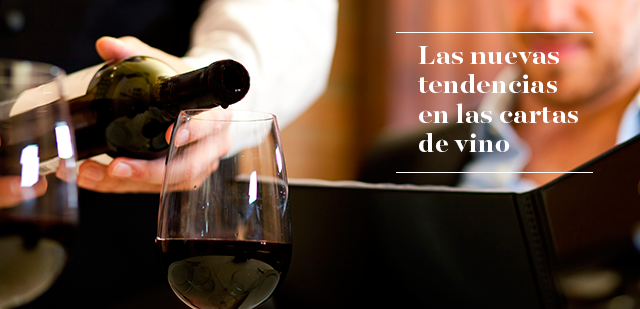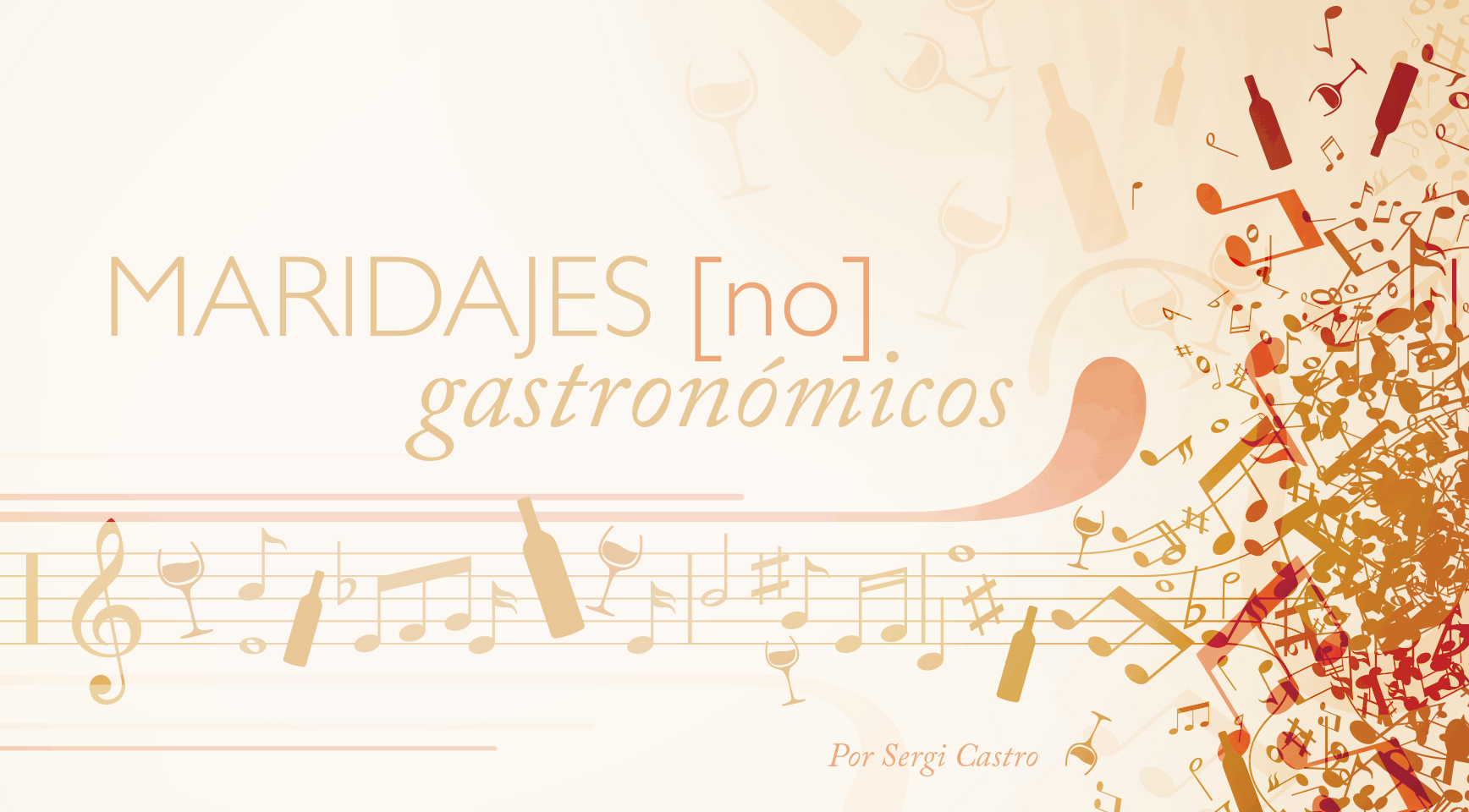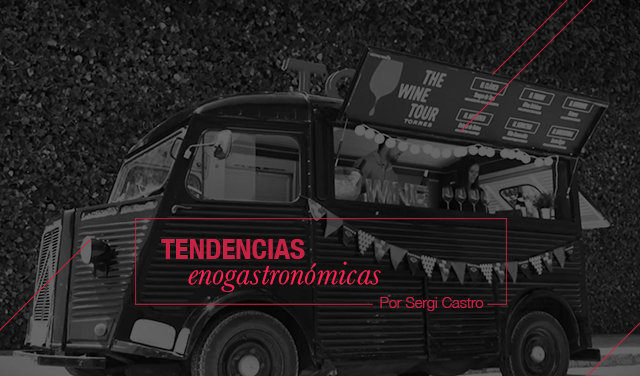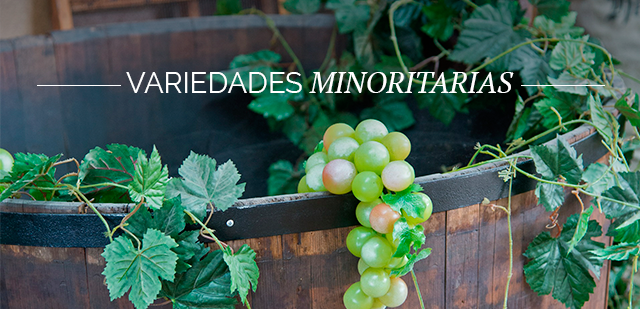New Wine List Trends

Classifying wines according to color is no longer in style. Instead contemporary wine lists let us explore a whole new world of designs and categories aimed at simplifying the experience of choosing a wine...
...but some things never change:
The Price
On the right-hand side, we find one of the basic criteria: the price. The psychological factor is important here. Research shows that the second cheapest bottle gets ordered the most—a measure against appearing stingy. Paradoxically, it is passé for restaurants to raise wine prices, thus encouraging wine lovers to enjoy a good bottle at home. Nowadays most restaurants prioritize rotation over margins. Some restaurants even let you bring your favorite bottles and charge a corkage fee as an incentive to enjoy their food and service.
The Size
Many wine lists offer differently sized bottles. In addition to the standard 0.75 liter bottle, you might find a magnum—a three-liter bottle perfect for large gatherings of family or friends—or smaller individual sizes for people eating alone. By-the-glass options are featuring a growing variety of regions, encouraging us to explore...
The Varieties
Wine lists in the US are often categorized by variety, which usually places varietal wines in the spotlight. It is also common to classify wines by aroma or flavor, using simple descriptors that are easy to understand (fruity, sweet,etc.) Generally, however, the provenance of a wine is still the main point of reference, whether the wines are organized according to climate, elevation, density and/or appellation of origin.
Technological Convergence
Modern technology provides new options that offer a whole lot more than just a wine description and price: touchscreen tablets are an increasingly common sight, giving us the chance to discover the history of individual winemakers, along with lots of photos, graphics, maps and technical information. We can also search for the terms we're most interested in: winery, enologist, winemaking style, organic certification, vintage and/or alcohol content.
More Concise and Food-focused Wine Lists
The wine list should be our ally, not complicate our lives unnecessarily. This is why restaurants are increasingly foregoing the weighty wine tome with over 600 entries in favor of a good, concise selection that doesn't make diners' heads spin and lets them easily find the best match for their food. We’re also seeing a lot more wine pairing menus and here medium-bodied whites are the ace up the wine list's sleeve. Similarly, we’re seeing a tendency toward light-bodied reds matched with fish, and contrast pairings. The third course is another trend, a type of “pre-dessert” that usually involves an assortment of cheeses. Here dessert wines are a must for any serious wine list.
Beyond Wine
Modern beverage lists seek out combinations with everything served at the restaurant. Every element is designed to play well with the others. Thus we find lists that include everything from water to coffee and tea, as well as some that feature a select list of cocktails, liqueurs and spirits.



